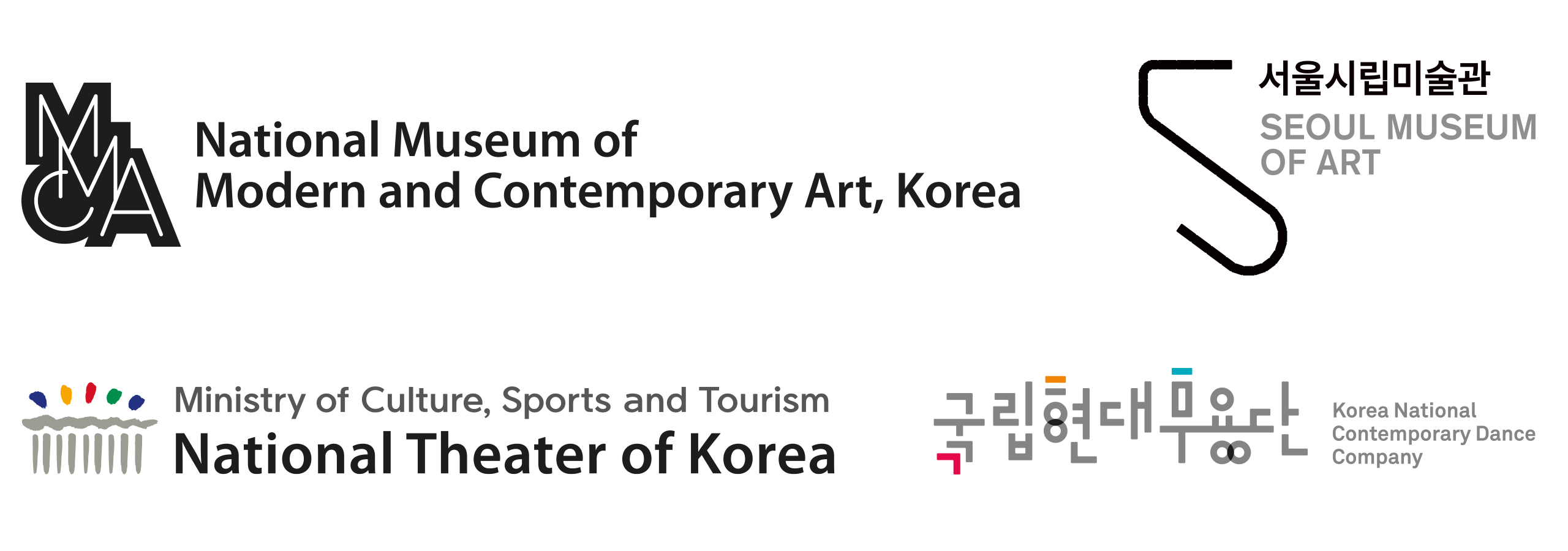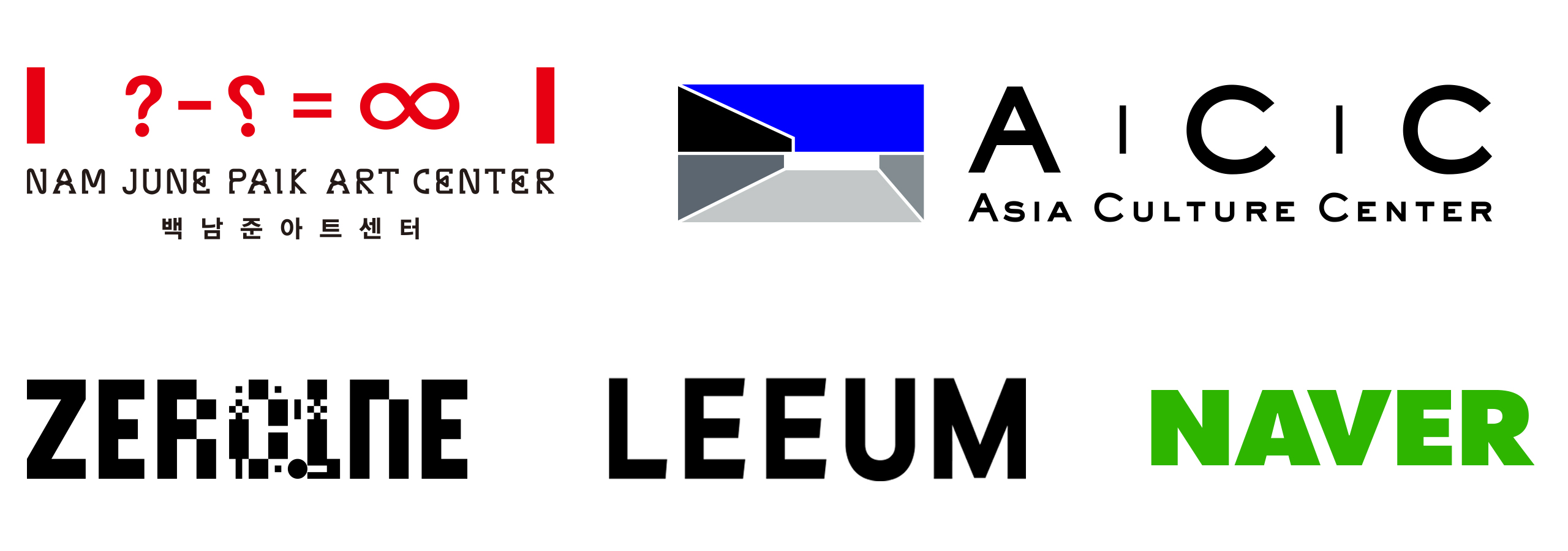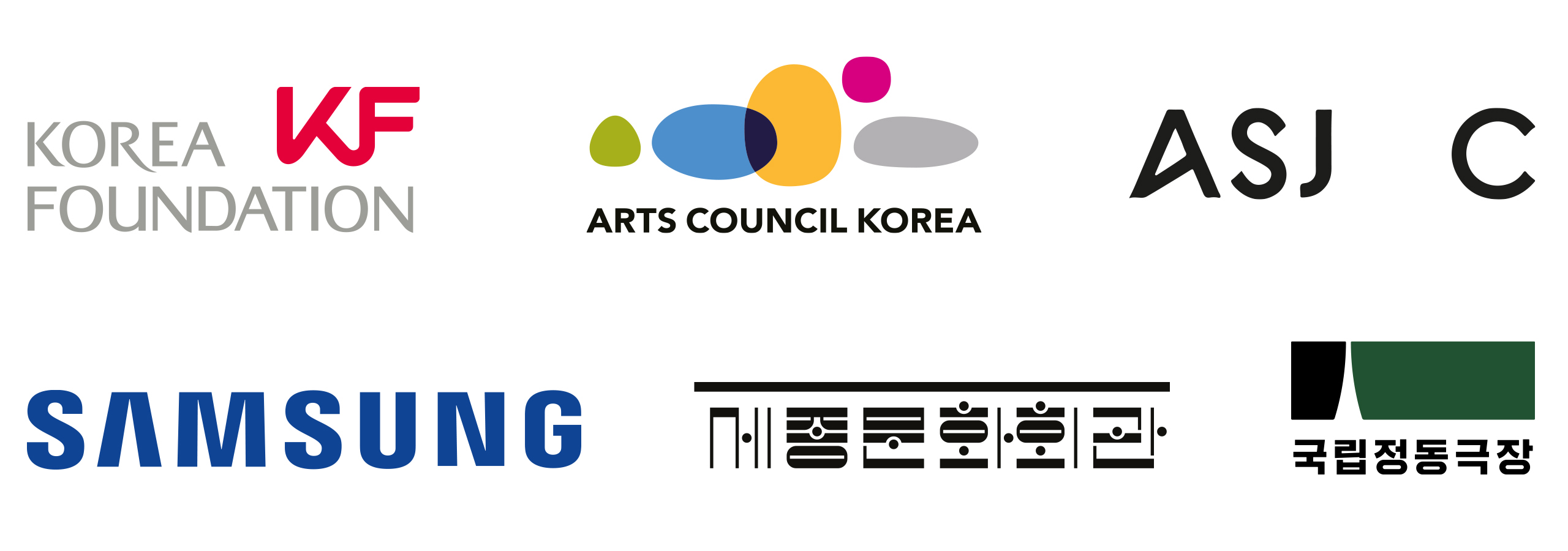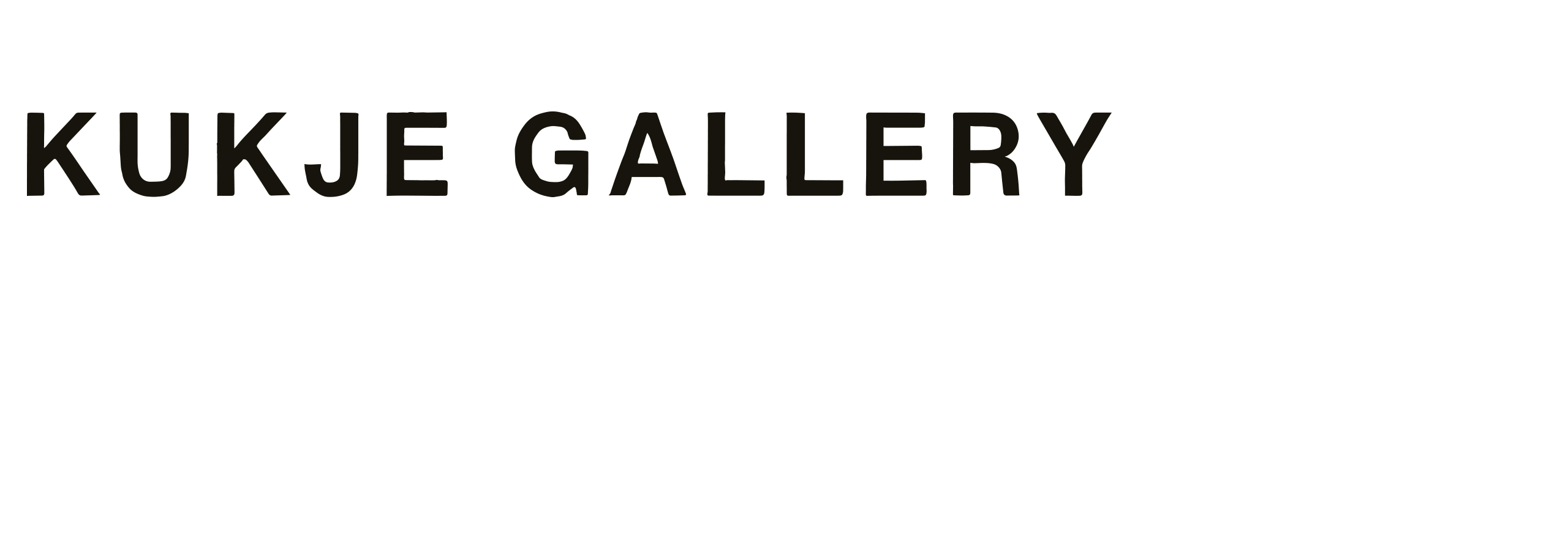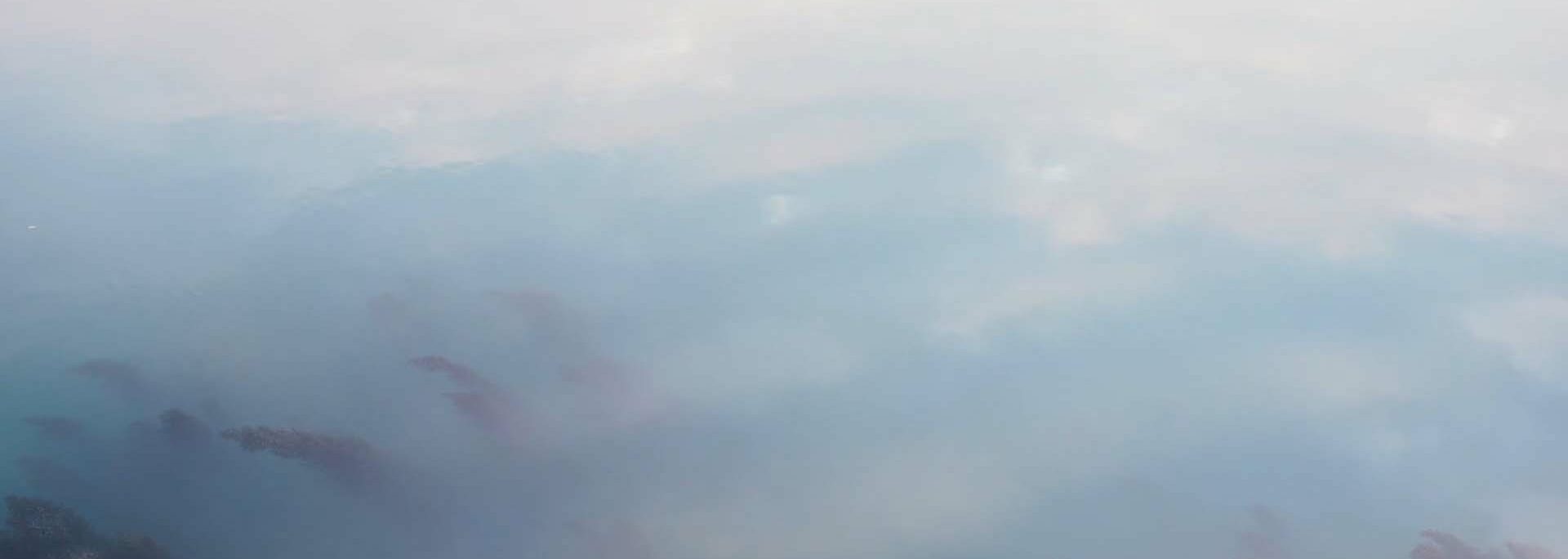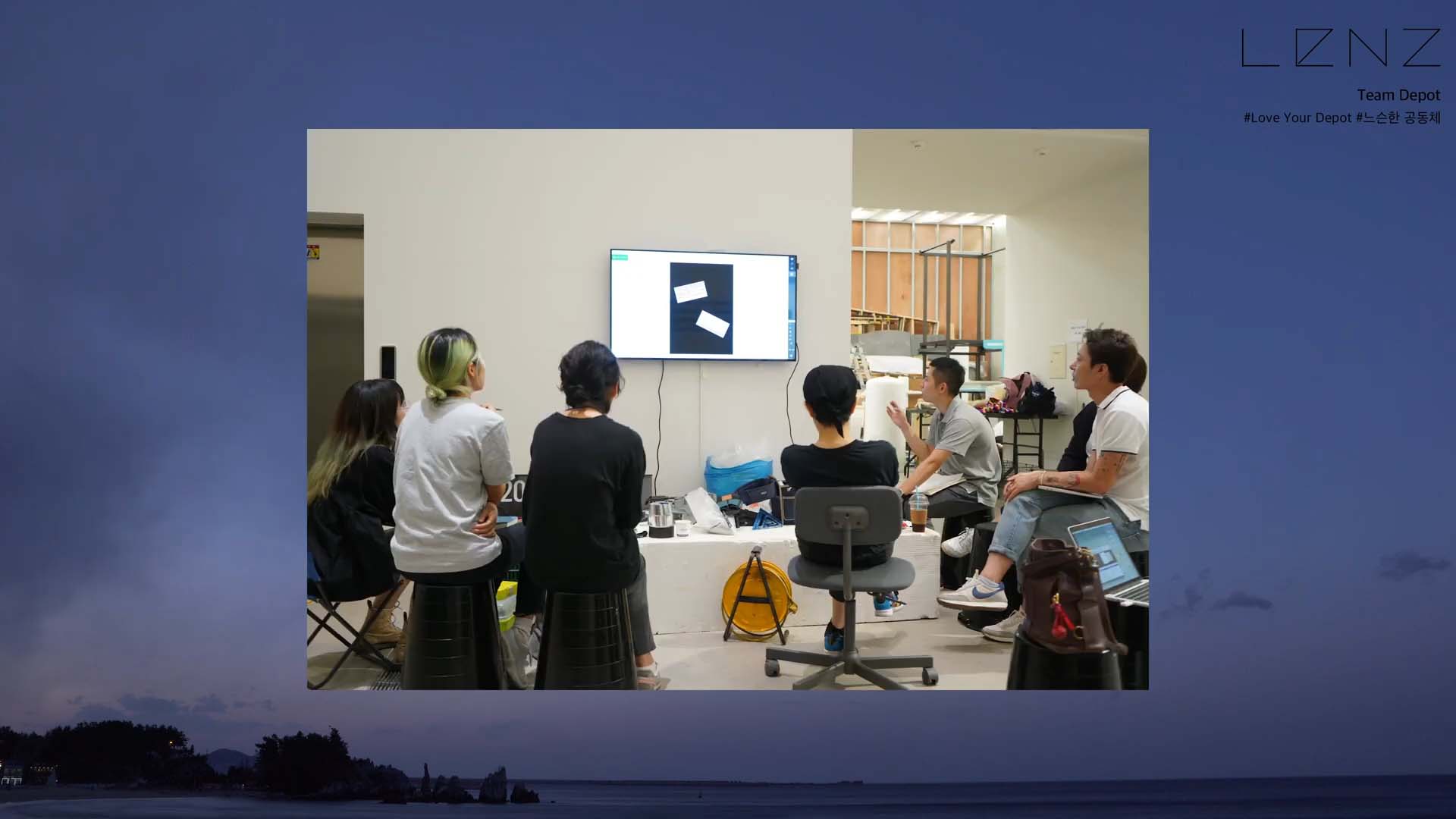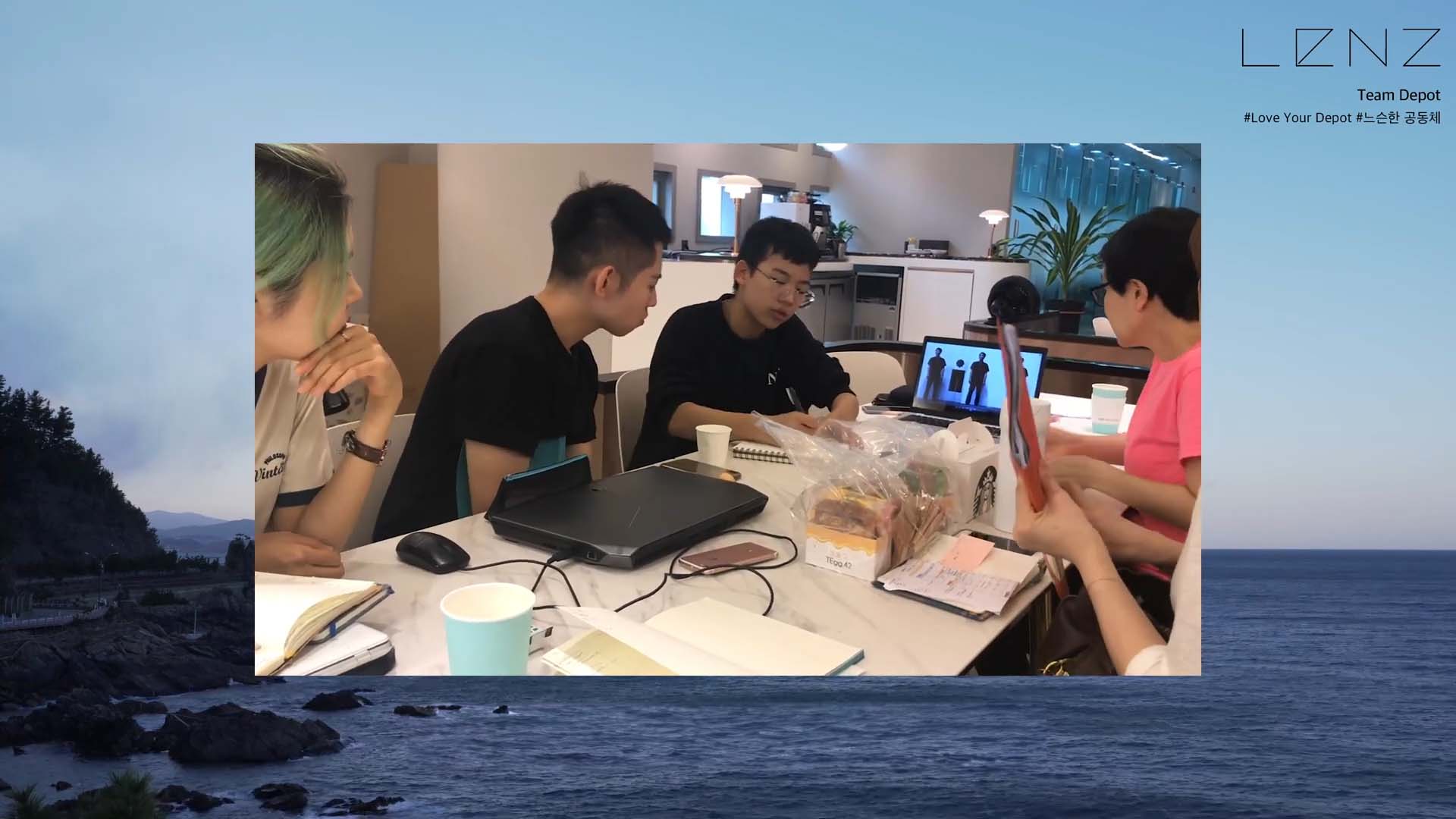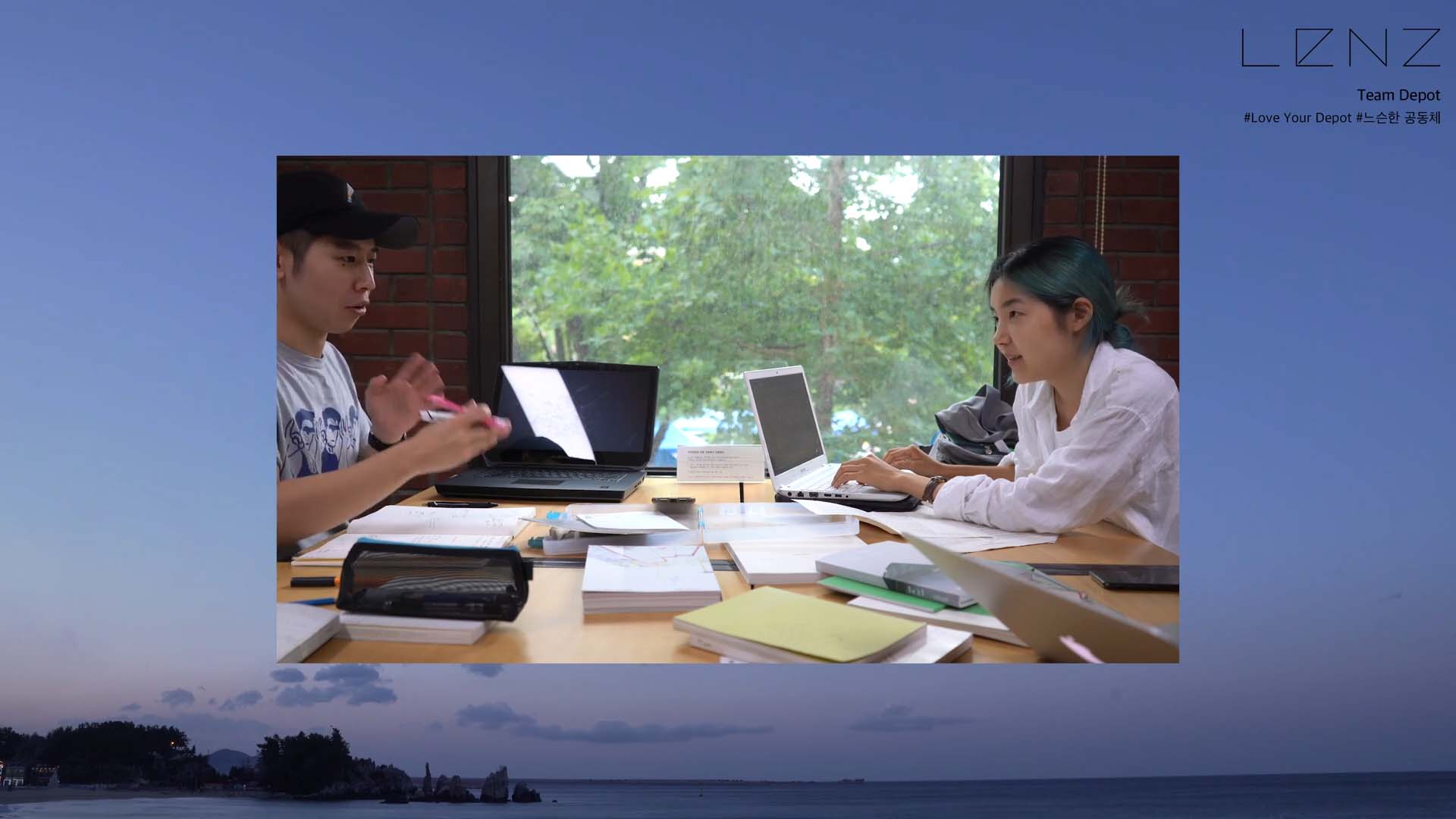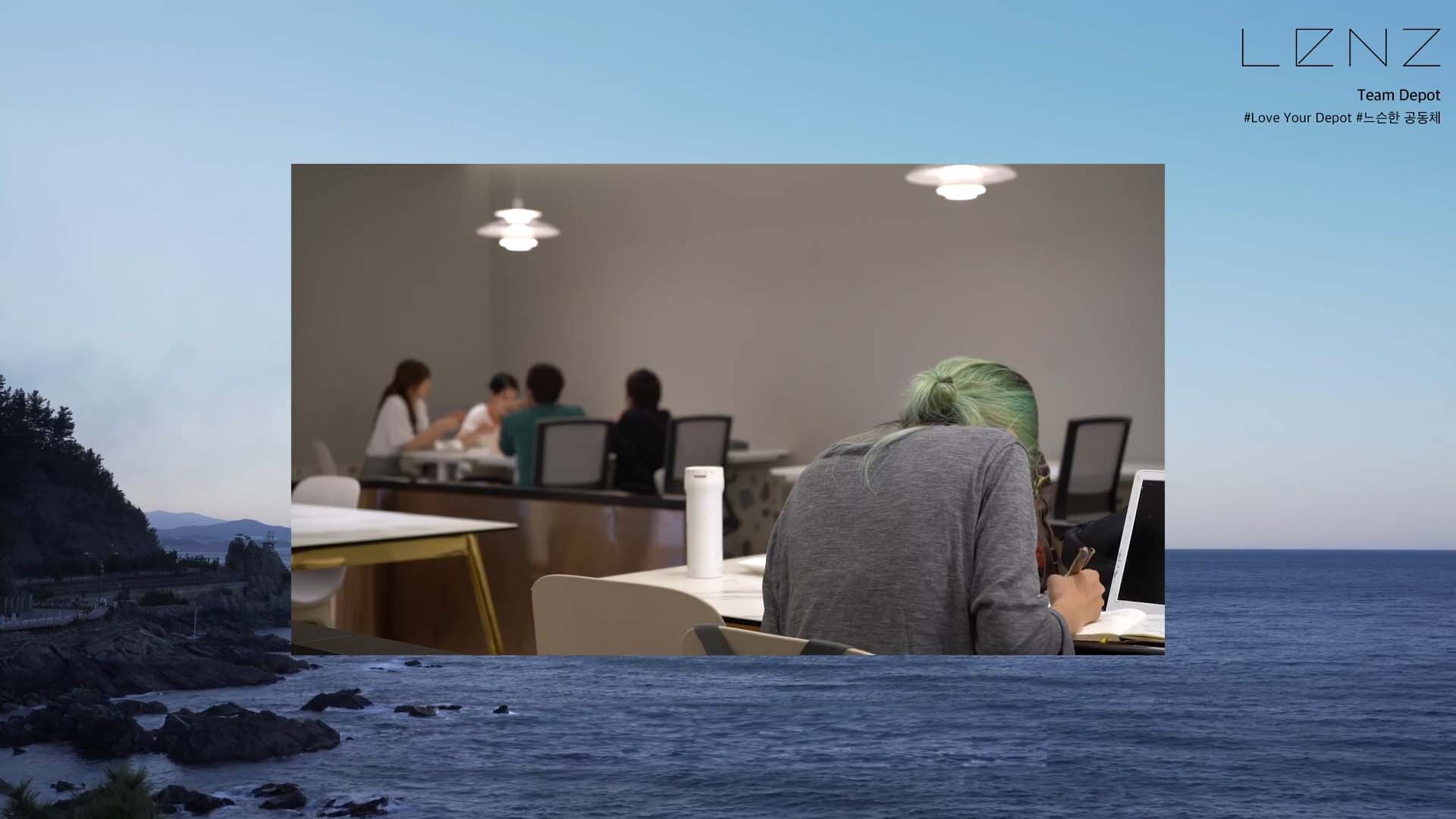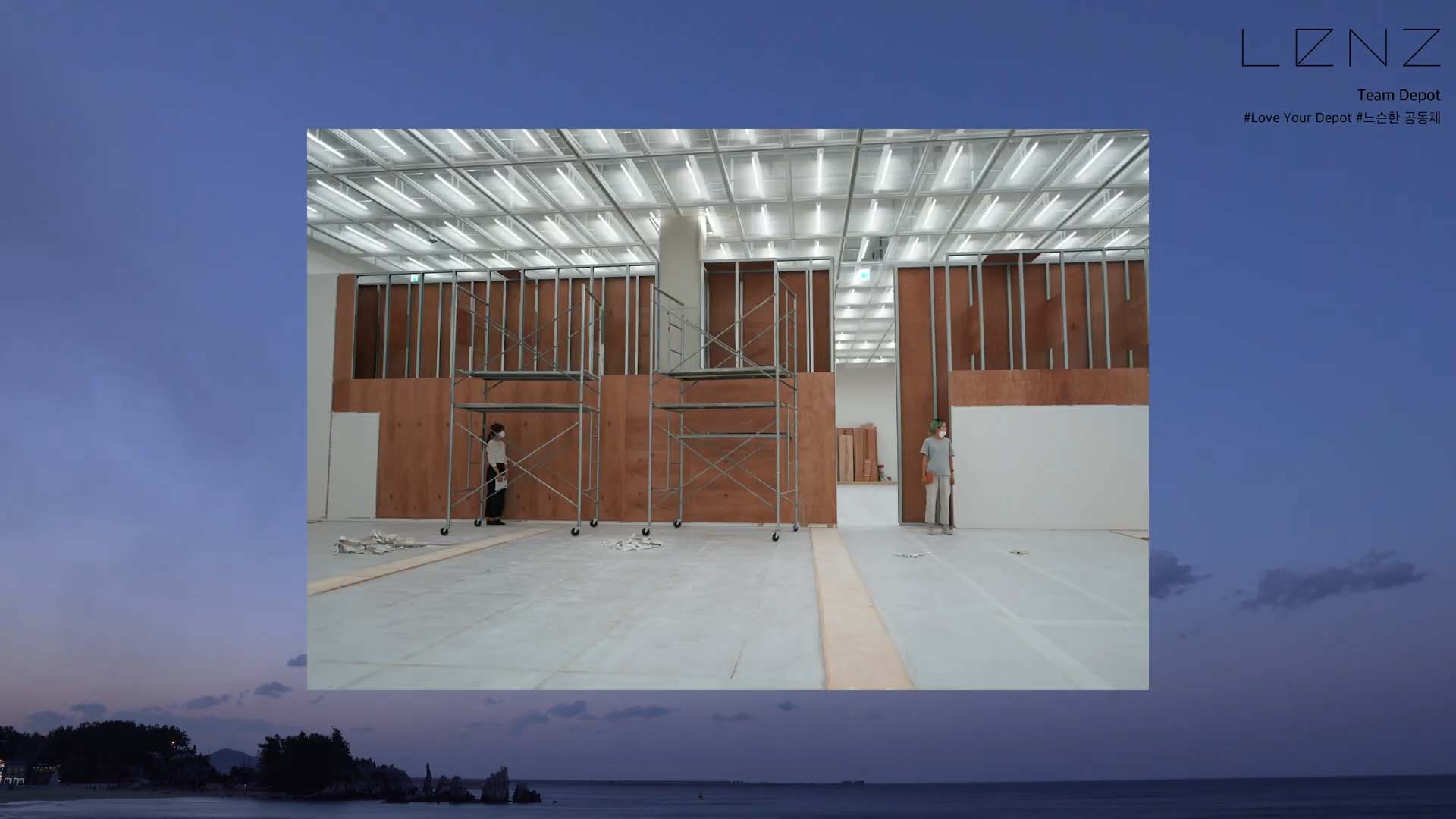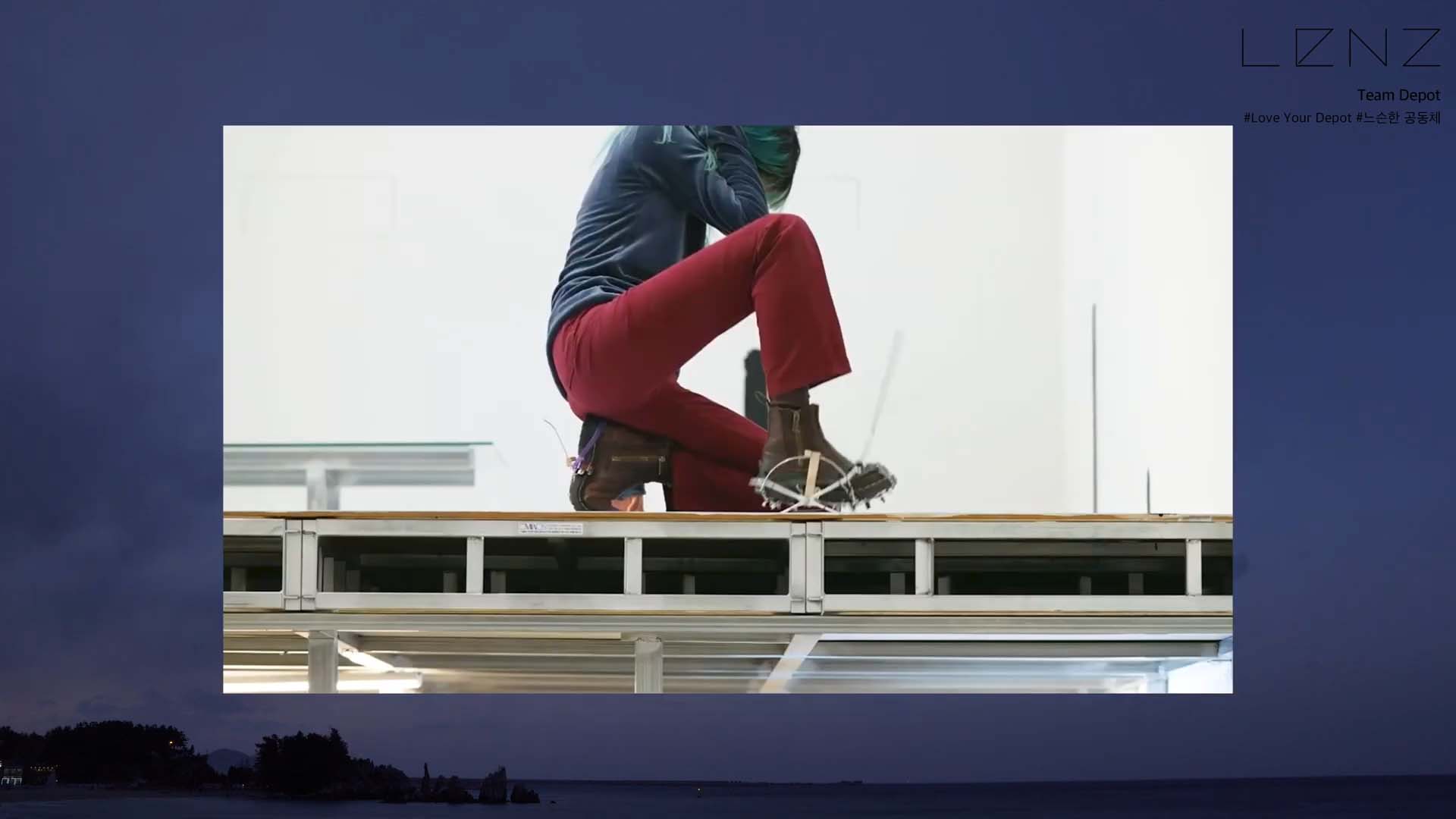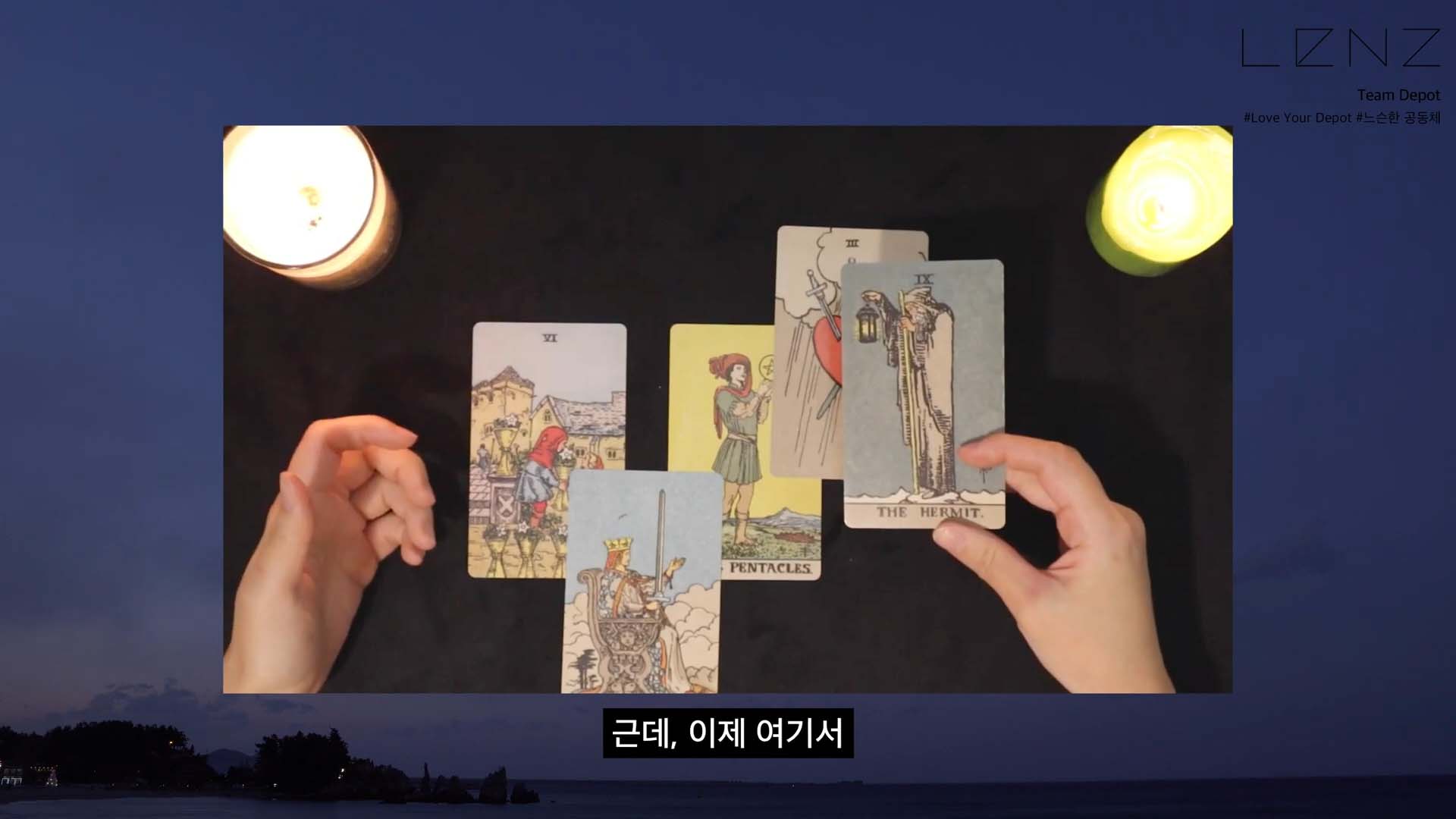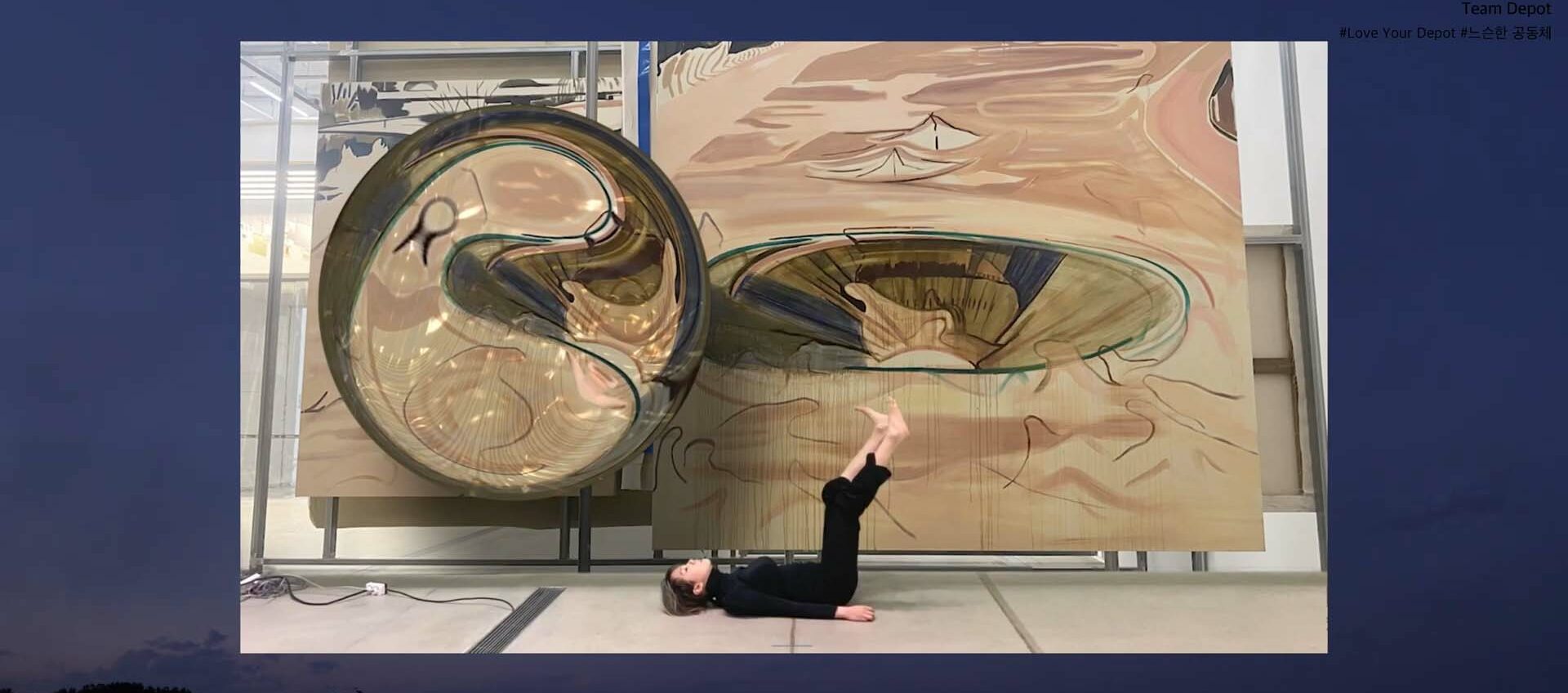Lee MeeJee: As you mentioned earlier, it’s not just the three of you but the other five members who contributed to this project, even though they’re not here today. Could you briefly introduce them?
Ggangdori: Is it okay if I mention their names?
Lee MeeJee: Let’s go with that.
Ggangdori: So, Yeongseo is a member who created ASMR content using a unique approach. They focused on writing about Im Min-wook’s artwork in the exhibition, but did so by presenting only the sound of the writing—like the sound of a pen on paper—as ASMR content. They uploaded this onto YouTube.
Jiro: Hanbyeol, on the other hand, wrote about Team Depot’s work. If you look around the exhibition space, you’ll see some writings—those are Hanbyeol’s. After Hanbyeol wrote the pieces, Chunggeun designed them, and we displayed them as part of the exhibition.
Borisu: Sunmin already had her own YouTube channel called “Tarot Cards.” She created content where she predicted the future of the works in the exhibition, adding a mystical element to the project. As for Yerim, she worked on a performance involving her own body responding to the paintings by three different artists displayed in the painting drawers behind us.
Jiro: It seems like we did a lot of performance work. The space provided a lot of opportunity for it.
Ggangdori: Performing is an effective way to bring life to the exhibition space, so we chose to do performances.
Lee MeeJee: Exactly.
Ahn Jae-young: So, as mentioned earlier, it sounds like the work you did here at Love Your Depot really allowed you to stay and continue working within the exhibition space.
Borisu: Yes, I think, like everyone else, when I did performance work, I used this space a lot. Because it was already set up with the structures in place, it left a lot of room for imagination. It was a great place to practice. But since we couldn’t work during exhibition hours, I mostly came in the evenings.
Ggangdori: I also spent a lot of time here. Since museums have some limitations, I couldn’t use the space freely like I would in an office. However, we could still hold meetings for Team Depot or even conduct artist interviews, inviting them to the space and having public events that we could organize within the exhibition.
Jiro: As others mentioned, before the exhibition opened, we could still work freely. But once it opened, we couldn’t work the same way. Since it’s a shared office space, we couldn’t even drink water or make phone calls freely. It was a bit frustrating at first. I felt restricted because I couldn’t function as a shared office space, and to do my own work, I had to work within limited time and space. That’s why I ended up focusing on creating a website. It was my way of getting around those constraints. I wanted to post things on my phone and have them appear on the TV here right away. However, it was really difficult since the museum is underground, and there was no internet connection. Plus, being a government institution, I couldn’t access sites like Google. It was tough.


